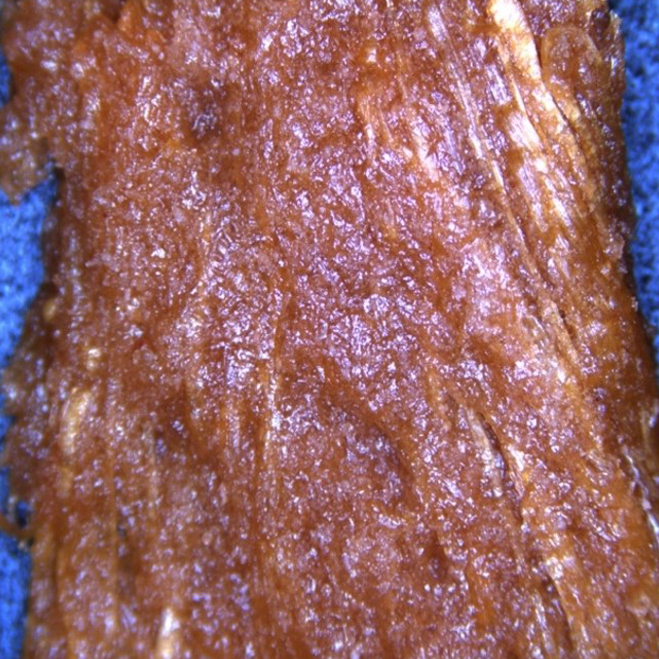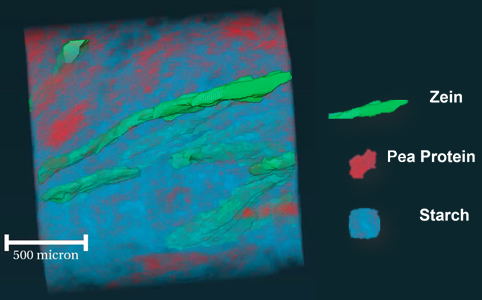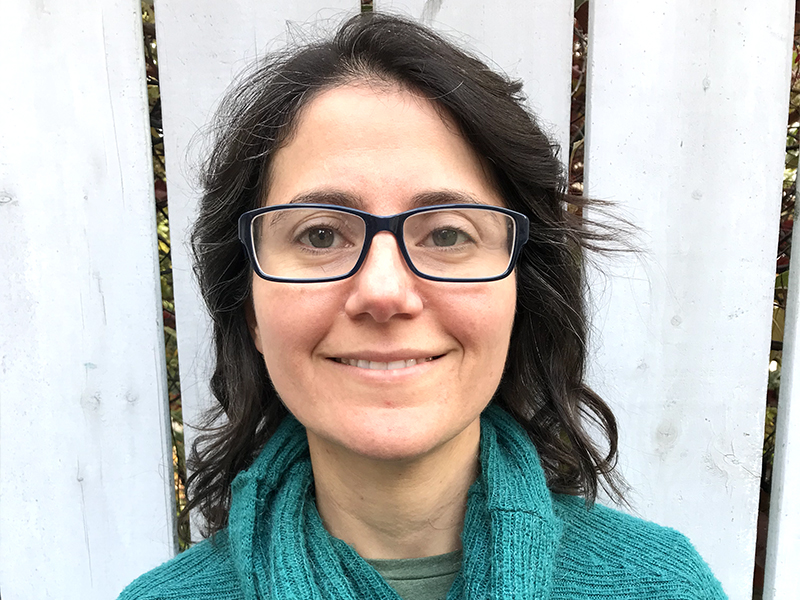Creating Sustainable Meat Alternatives and Cleaning Polluted Water and Soil
Dr. Laredo (right) at the Canadian Light Source facility with University of Guelph Food Science PhD candidate Stacie Dobson (left) and Dr. Erica Pensini with the University of Guelph's School of Engineering (centre).
As a young girl, helping her mother cook and bake gave rise to Dr. Thamara Laredo’s fascination with chemistry. Today, she’s a Lakehead Orillia chemistry professor involved in two branches of innovative scientific research—sustainable food and environmental science.
Currently, she's part of a research team whose aim is to get people to consume meat alternatives rather than beef, pork, and chicken because of the harmful greenhouse gas emissions caused by livestock cultivation.
To achieve the drastic change in the human diet that she is seeking, Dr. Laredo is collaborating with Dr. Alejandro Marangoni's food science lab at the University of Guelph to develop plant-based alternatives to animal products, particularly meat. One of the main challenges is finding ways to manipulate plant-based proteins so that they have a similar taste and texture to meat.

A stereomicroscope image of a zein protein fibre in a meat alternative.
"We must make meat alternatives appealing enough so that people will make a long-term switch," Dr. Laredo says. "My goal is understanding what's happening at the molecular level—the microscopic interactions responsible for properties, like texture, of these plant-based analogues."
This includes working at the Canadian Light Source (CLS) national research facility in Saskatoon. Their synchrotron, known as the brightest light in Canada, enables scientists to study materials at the molecular level by speeding up electrons to produce a brilliant light.
"The CLS allows our group access to state-of-the-art techniques that give us insight into intermolecular interactions we couldn't obtain any other way," she says. "For example, FTIR spectromicroscopy lets us spatially map the chemical behaviour and interactions within a sample. We may not get everyone on board right now, but the hope is that people will change their behaviour because research will create products appealing to customers."

A synchrotron x-ray-computed tomography of a zein protein fibre meat alternative.
An equally important component of her research agenda is helping ensure that the water we drink and use to irrigate crops is not a source of toxins—either to humans or to the plants and animals that depend upon it for survival.
Dr. Laredo is one of the researchers the oil industry is looking to for assistance in decontaminating water, as well as soil, polluted by the oil extraction process. Current methods are usually costly and energy intensive, or take a long time, making them inefficient.
She's working with Dr. Erica Pensini from the University of Guelph's School of Engineering to investigate energy-efficient water remediation methods. One of the biggest challenges is treating water polluted by water soluble contaminants. Their team, however, has found that by using surfactant molecules, they can achieve spontaneous separation, ending up with two layers, making the layer of pollutant easy to remove.

Dr. Thamara Laredo takes every opportunity to offer science outreach education and make it appealing to all audiences.
While proud of her research accomplishments, Dr. Laredo's greatest passion is advancing scientific literacy. Given growing anti-science sentiments including vaccine hesitancy and pseudo-science, she believes outreach education is needed now more than ever.
"Lack of scientific literacy is the reason we, as a society, believe what a blog says, more than what scientists say."
She has done outreach education for over 12 years, sharing hands-on learning activities with students in all grades and, more recently, training teachers.
"Scientific literacy doesn't have to 'align with a curriculum' or be about how we're damaging the world," she says. "It can be fun and eye opening at the same time."
Research and innovation aside, Dr. Laredo is most proud of her children, aged six and nine.
"They understand that we need to clean up our mess" she says. "When they ask for a cheap toy, I ask them what's going to happen to that toy. They understand that it will break in a few days and contribute to pollution. They know what waste diversion sites and recycling plants are, and that some things just end up in a landfill or, worse, in the water. I was in my twenties before I realized that."
